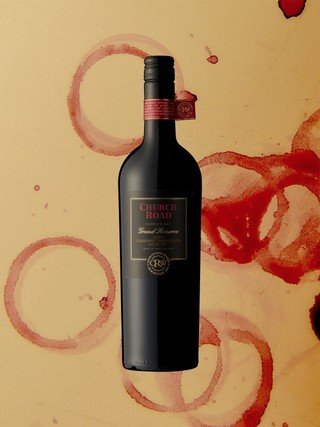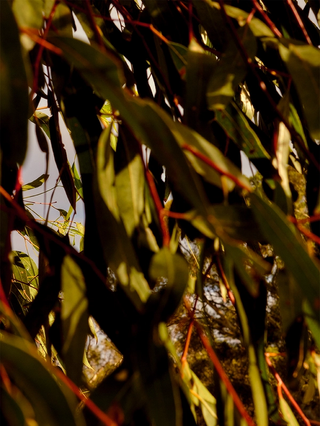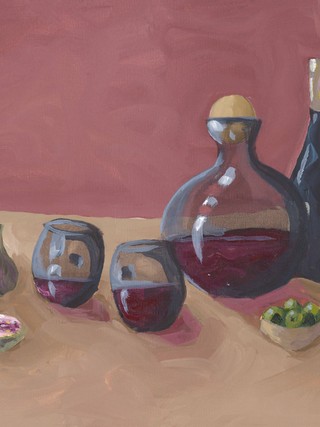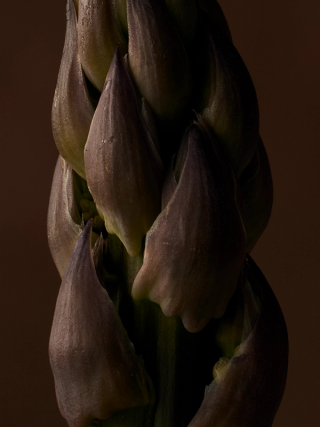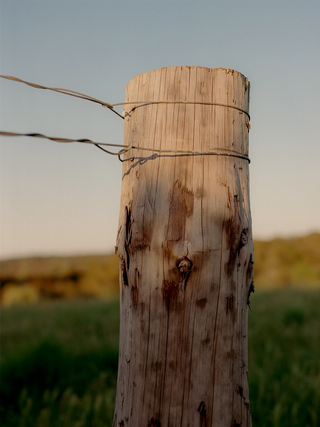VNTNRTM
VNTNRTM
VNTNRTM connects makers drinkers & thinkers in the pleasure of wine

Chronicles of Wine Drinkingby Sophie Otton
Illustration by Melia Tandiono

PART III: Full-circle Fermentation
Despite all the brouhaha, winemaking in its simplest form is fairly straightforward. It requires just one essential device to facilitate the process: a container. That said, the first winemakers probably just buried grapes in clay pits, crushing and covering them in the autumn, returning in the spring when fermentation was complete. But the sheer pleasure of wine and humanity’s drive to refine and improve, has motivated winemakers over millennia to find better ways to hold fruit while the yeast on the grape’s skins converts the sugars into alcohol – and make wine. And that starts with fermentation vats.
The first man-made vessels for any purpose were fashioned from clay. Development of this kind of wood-fired earthenware across Asia and Europe provided winemakers, in particular, with the first large containers in which to produce and store wine, most commonly called amphora. Think large Hellenic jars with handles either side that you’d see on the ground floor of the Louvre, alongside other Etruscan friends. Though they do go by other names; in modern-day Georgia where the winemaking began, they’re quevri; in Spain, tinaja; talha in Portugal and in Italy they’re orci and giare, as well as anfore (not far from amphora). Egg-shaped, with a conical base where the sediment settles, clay was an ideal medium. It doesn’t affect the wine’s flavour, and it is porous, allowing a little oxygen into the wine, and some evaporation as well, influencing texture and depth of flavour.
Wood deserves a mention at this point. While the Greek and Roman empires initially used wooden barrels only to transport wine, over time they found that wood actually improved the quality and flavour of the wine, hence why barrels are perhaps the most widely associated container for wine production still today. They were made from a variety of timbers, but oak was preferred for its soft wood and tight grain, making it waterproof. The oak introduced flavours such as brown spice and vanilla as well as eliciting certain characters from the wine itself. Like clay, wood allows for a little oxygenation and evaporation, and the interaction the wood achieves with the wine can actually lend itself to better quality.
"...armed with a 21st century understanding of biology and chemistry, many producers are going back to the oldest device of winemaking..."
Glass also has an historic association with wine production. Large glass containers called carboys or demijohns have long been used to transport wine, and like barrels, can also be used for fermentation. Glass has the advantage of being utterly inert, so provided the vessel has been cleaned and stored properly, it has no influence on the resulting wine. The disadvantage of course is that glass is fragile. To this end, demijohns are often wrapped in a wicker sheath to prevent damage, which you’ve perhaps seen on a sojourn in Tuscany. Despite the Italian devotion, over the course of the twentieth century, the development of food grade plastics has seen fermentation in plastic vats gaining popularity; maintaining all the advantages of glass with the added benefit of durability.
Industrialisation provided the impetus to create a new type of fermentation vat: large tanks housed in modern wineries. Made of concrete, stainless steel or even timber, you’d gather by now that each material has its own characteristics. The advantage concrete has is the natural temperature-control it provides, staying cool in the heat and warm when it’s cold, and wine loves that kind of stability as it works to soften the wine’s texture.
Bigger-is-better is represented, however, by the large wooden or stainless-steel tanks that are preferred in the modern-day large volume wine production. Stainless steel is ideal because it’s durable, clean and inert, with the main issue of temperature control easily managed these days. Wooden tanks on the other hand are less sensitive to variations in temperature, although prudent management of large volumes of wine means temperature and ullage are still closely monitored and controlled. The wood also brings some character to the wine, but this fades within a few vintages, so if oak is a requirement, further aging in newer, more fragrant barrels is necessary.
Winemakers now have more options than ever before on their containers of choice, and often use multiple kinds of vats across various stages of production. It’s interesting then that, armed with a 21st century understanding of biology and chemistry, many producers are going back to the oldest device of winemaking, the amphora. Indeed, as fate would have it, the whole approach to wine fermentation has now come full circle.



